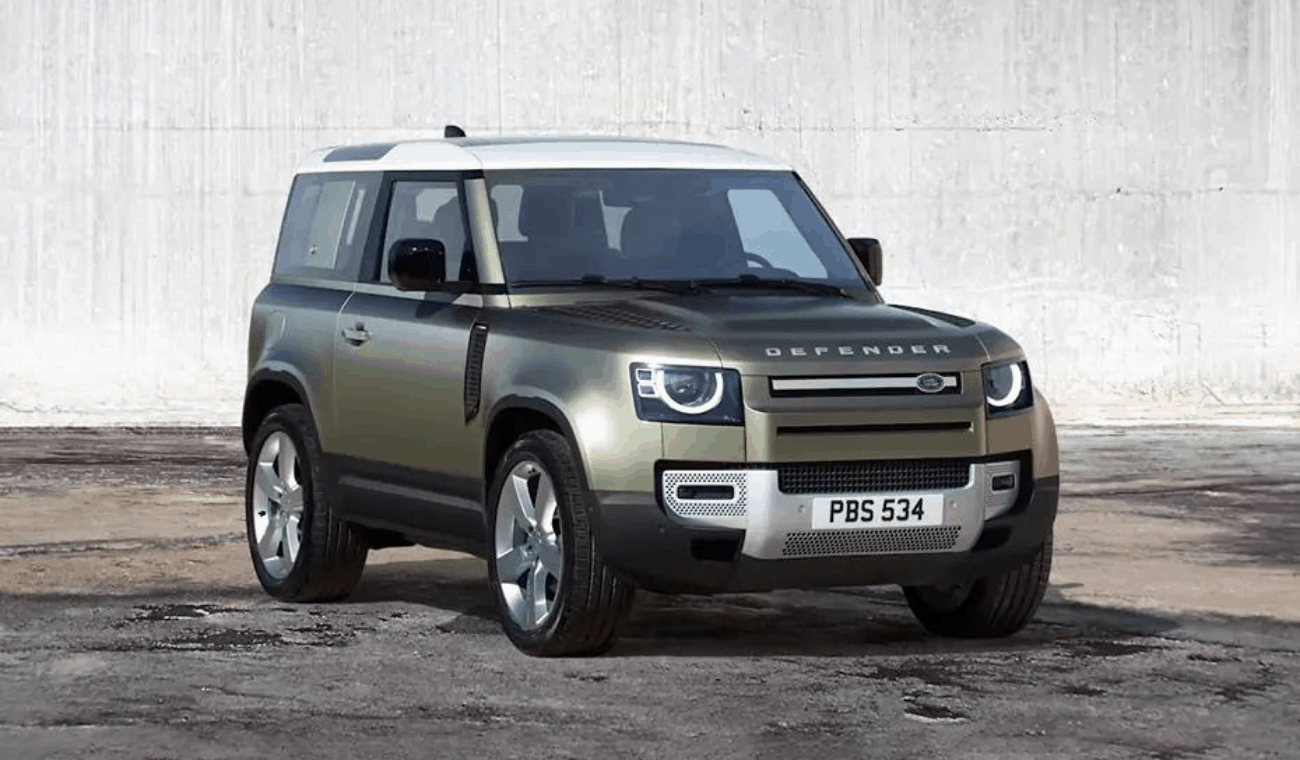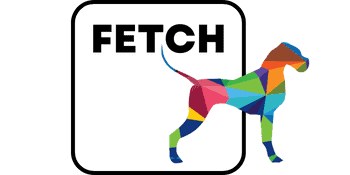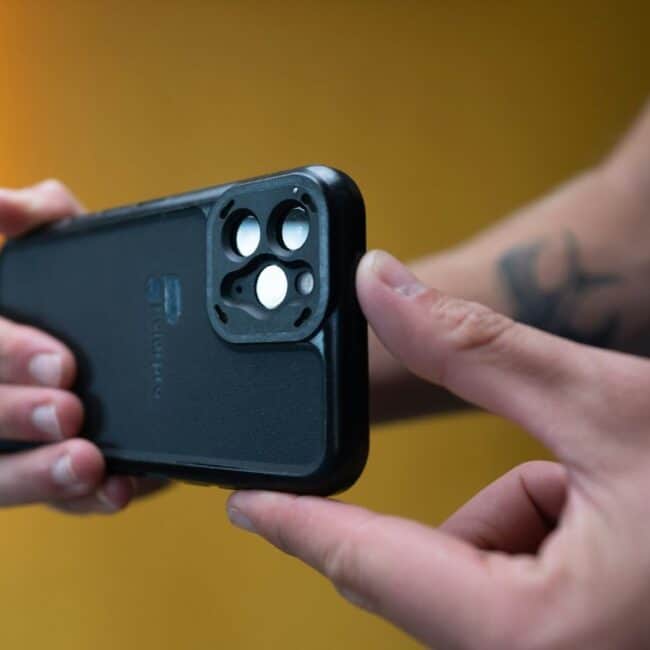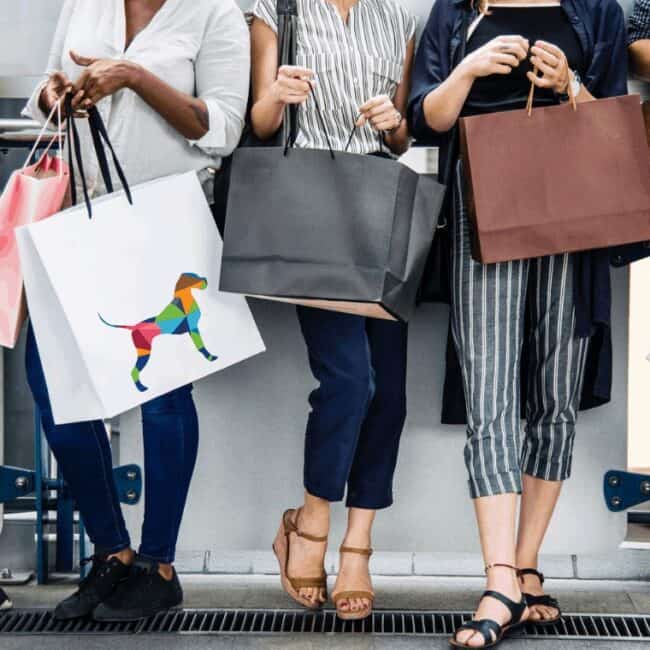
Social Media Index – Luxury Car Brands
Reading Time: 4 minutesLand Rover Australia leaves other luxury car brands in the rear-view as it claims social media top spot.
But social media index findings show a mixed bag of approaches when it comes to building automotive brands on social media, and an underutilisation of platforms outside of Facebook, especially Instagram.
Advocate, a full-service Marketing Agency based in the City has released the findings of its inaugural Social Media Index (SMI) for the Luxury Car Market in Australia. The intent of the SMI is to build a reputation as a key quarterly tracker of the social media performance of nine luxury brands: Alfa Romeo, Audi, BMW, Jaguar, Land Rover, Lexus, Mercedes-Benz, Porsche, and Volvo. And across key social media platforms: Facebook, Instagram, YouTube, LinkedIn, and Twitter.
Over the January to March period (Q1), Advocate analysed more than 21 million automotive social media post engagements using technology and their own data specialists to develop a score-based ranking for each key social media platform, as well as an overall Q1 social media ranking.
‘Land Rover’s success in topping the rankings of our first SMI report for the luxury automotive sector is testament to their strong focus on putting out quality, relevant and frequent content on social media’. Comments Mark Milner, MD of Advocate.
Social Media Index Q1 – Overall Brand Ranking
1 Land Rover
2 Jaguar
3 BMW
4 Porsche
5 Mercedes Benz
6 Audi
7 Volvo
8 Lexus
9 Alfa
‘Land Rover displayed a good mix of local Australian content, supported by global content – not the other way round – an approach that we as an agency advocate as being critical in understanding, building, and creating long-term engaged audiences and ultimately first and repeat car purchases’, continues Milner.
The SMI report also uncovered some key areas that brands could improve on.
‘What we’ve seen from this Q1 Social Media Index report is that the luxury car brands are missing out on the power of Instagram.’ states Milner.
‘While Facebook recorded a total of 839,463 engagements across all brands in Q1 compared to Instagram’s total of 426,006, if you strip out the total number of engagements achieved by Porsche (665,459) due to the global nature of its Facebook page, Instagram (where all brands have Australian focussed accounts) then leads the way with a total of 426,006 vs. 174,004 post engagements, against a backdrop of 571 vs. 529 posts (respectively).’
‘Given the level of social media post engagements achieved on Instagram over Q1, all brands need to spend more time building their followers on this social media platform. As an example, Mercedes-Benz who top the Instagram page rankings has 137,000 followers, but 600,000 followers on Facebook. With higher engagement rates being achieved on Instagram, putting more effort into growing followers on this platform through quality, relevant and frequent content could reap massive rewards for brands.’
The rankings report also showed an inconsistent approach to LinkedIn and an almost complete abandonment of the use of Twitter.
‘Neglected social media accounts aren’t neutral. They can seriously erode consumer confidence in a business and the automotive sector is no exception. Social media helps to drive online findability and with the main platforms almost operating as their own search engines, ignoring any of them means a lost opportunity to be seen and engage with potential customers. And with 65% of new car buyers in Australia buying a brand different from their last vehicle*, there is a lot of business up for grabs.’ states Milner.
‘Even though Google and other search engines may not crawl the number of followers and other metrics on social media pages, you can rest assured that social media plays an ever-increasing role in helping brands get found. A healthy and robust social media presence helps create and build authority in a sector or niche. And from there, consistent interactions with social media pages and a brands website enforces that reputation, leading search engines like Google to rank websites higher in relevant search engine results.’
The SMI report also highlighted the need for luxury car brands to utilise the power of video more across all social media platforms.
‘Depending on the social media channel, between 74% and 96% of all content posted by the luxury car brands in Q1 was image based.’ Notes Milner.
‘With 70%* of Australian car buyers saying online videos convinced them to think positively about an automotive brand, and 65%* saying online videos introduced them to a new vehicle they had not considered before – the luxury car brands are missing out on the compelling power of video content in their social media strategy.’
Online videos have become a crucial resource at every step of the journey. More than half (58%)* of all car buyers watched online videos at some point during their research — including three out of four first-time buyers — and 75% said YouTube was their primary source.
‘It’s not just about social media channel selection though when it comes to video content, it’s also about frequency and relevancy of the content created. With all brands only posting a total of 111 times on YouTube in Q1, and with the overall amount of video content used, there is a lot of room for improvement.’ said Milner.
*Source: Think with Google Automotive Report 2019/20.
To view more of the findings from our Q1 Social Media Index report click here. Need help with your brands social media, find out how our services can grow your brand.
Post a Comment
You must be logged in to post a comment.





